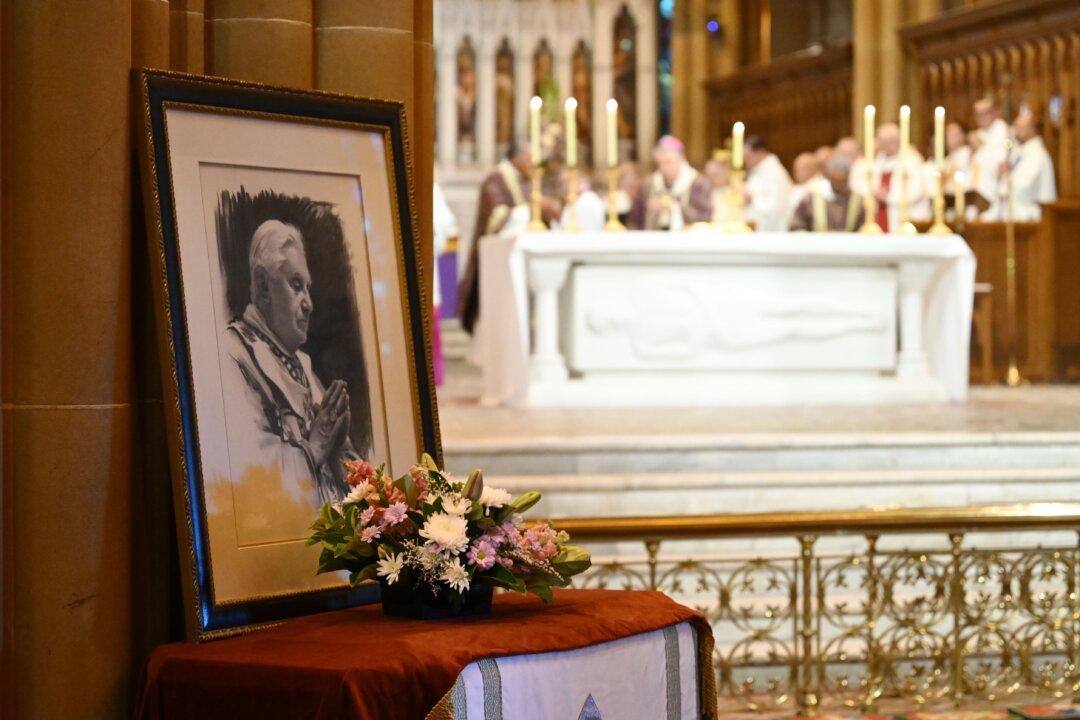Commentary
Given that permanent European settlement in Australia dates back just some 235 years, this country has had more than its fair share of extraordinary Catholics. Of course, we have St Mary of the Cross, better known as Mary MacKillop.

Given that permanent European settlement in Australia dates back just some 235 years, this country has had more than its fair share of extraordinary Catholics. Of course, we have St Mary of the Cross, better known as Mary MacKillop.